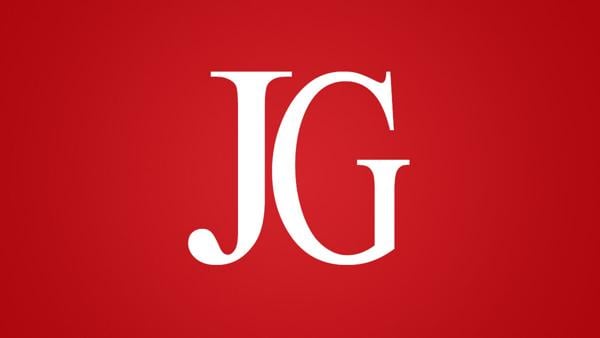
The latest version of an influential national arts and culture survey highlighting the fiscal impact of the sector shows that public appropriations for cultural activities make good economic and social policy.
For Fort Wayne and northeast Indiana, not only are the arts an economic driver, but these cultural experiences help define “us” as a community.
Earlier this month, Americans for the Arts released Arts & Economic Prosperity 6, the latest version of a study that began in 1994. Data was collated from the surveying of 224,000 audience members and 16,400 arts and culture organizations in 373 communities across rural, suburban and large urban areas.
The study defined the greater Fort Wayne area as Allen, Adams, DeKalb, Huntington, Kosciusko, LaGrange, Noble, Steuben, Wabash, Wells and Whitley counties.
The region’s nonprofit arts and culture industry generated nearly $65.6 million between May 2022 and June 2023. That figure includes $26.6 million spent by nonprofit arts and culture organizations and about $40 million in “event-related” spending by their audiences, which includes admissions, transportation, dining and other spending people do when going out. A downstream effect links arts organizations and venues to the broader economy.
Arts United participated directly in the study for the first time. The organization’s executive director, Dan Ross, said statistical data was needed to back its assessment that the arts and cultural events are an important economic catalyst for northeast Indiana.
“The AEP6 study shows that the arts and culture industry sector creates jobs, generates government tax revenues and strengthens the visitor economy,” Ross told The Journal Gazette.
“Arts organizations are businesses, and people attending arts and culture events drive revenue to other businesses — restaurants, bars, parking, child care,” Ross added. “And thanks to the vibrant arts and culture scene in Fort Wayne, people are spending those dollars locally. You don’t have to drive to Chicago or Indianapolis to experience great symphonic music, professional dance, live theater or engaging museum exhibits. Those discretionary dollars stay in Fort Wayne.”
Indeed, Fort Wayne’s tourism economy is booming because of cultural activities, which range from gallery walks to national touring acts playing at the Coliseum, The Embassy and The Clyde. Allen County’s visitor economic impact research shows of the $803 million spent by 7 million visitors in 2021, culture tourism was responsible for 13% of it, said Jill Boggs, president and CEO of Visit Fort Wayne.
“In my view, arts and culture is the heart and soul of a destination’s tourism,” Boggs told The Journal Gazette. “It is in diverse places, in art forms submerged in our communities, in our value for inclusivity and diversity, in celebrations of different cultures through our festivals, in our historical places, arts campus, unique attractions and entertainment venues. … All our cultural amenities define ‘us.’ ”
Ross also pointed out the intrinsic nature of arts and cultural activities — a chance to understand one another in a shared space. The arts can unite us.
“Arts and culture experiences create a quality of place and add to personal well-being,” Ross said. “The study shows that 89% of people who responded to the survey feel pride in our community because of our arts and culture offerings. Nationally, 78% say the arts are a ‘positive experience in a troubled world,’ and 73% agree that the arts ‘helps me understand other cultures better.’ ”
If you’re spending too much time on your couch enduring the constant chatter about global upheaval, domestic strife, political obstruction, climate change and Taylor Swift’s effect on Kansas City’s offense, consider consulting journalgazette.net/living/local-arts/calendar to find something that connects you emotionally to arts and life in the Fort.
Nurturing your spirit while supporting the local arts community and event organizers is a win-win.
